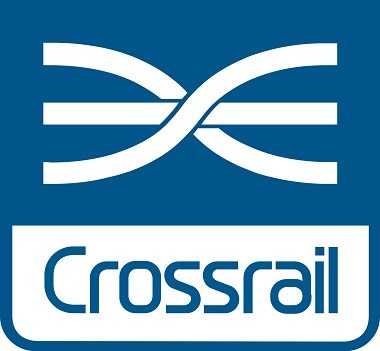Residential property prices in the three major cities to be linked to London by the HS2 railway project are currently growing in value at a slower than the national average, based on research using Land Registry Price Paid data from 2009 (when the HS2 project was announced) to 2014 along the HS2 route. The HS2 city house prices are also rising much slower than regions along the rest of the proposed route.
The research compared areas close to the proposed HS2 stations with those along the rest of the route over the past five years. Areas close to (within 5km of) the proposed stations, including Manchester Piccadilly, Manchester Airport, Leeds New Lane, Sheffield Meadowhall, East Midlands Hub, Birmingham Curzon Street, Birmingham Interchange, saw a smaller price increase, compared with other regions along the route. 
Houses near Birmingham station have risen by only marginally, while Leeds station and Manchester rose at just over half the national average house price growth along the route (not near stations).
The current changes in house prices found in this research are in contrast to Chancellor George Osborne’s prediction that the Y-shaped line will be: “the engine for growth in the north and the Midlands.”
Dan Montagnani, managing director of Groundsure, said: “The research shows that the argument from HS2 supporters that areas to be linked by the project need the development to boost local economies remains valid. Particularly as house prices near the HS2 city railway stations are not keeping up with the rest of the country.
“When starting our research, we had expected Birmingham to be one of the first cities to benefit economically with a faster connection to the capital, which is expected to be operational by 2023. But instead, we’ve found that house prices near the Birmingham HS2 station have remained relatively static. This suggests that any equivalent of the Crossrail effect, which has seen significant house price rises near to new stations along the new route across London, is some way off as yet.”